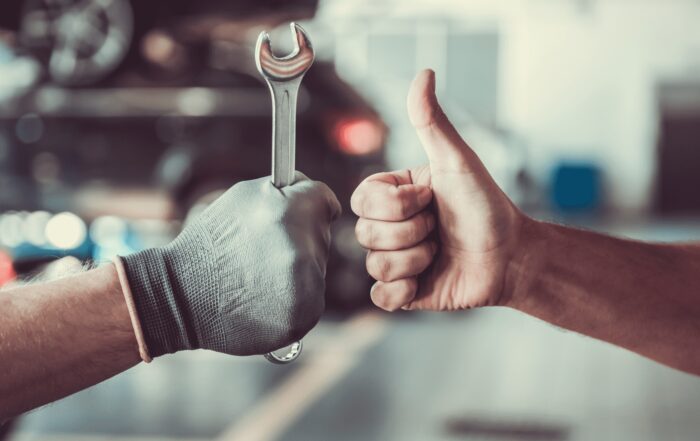Autonomous Maintenance can be a strong driver for the improvement of asset performance and business value. The practice entails sharing responsibility for the maintenance of assets between the Operations and Maintenance departments; Machine operators perform smaller maintenance tasks such as lubrication, cleaning and safety checks whereas maintenance teams focus on more complicated maintenance tasks and on effectiveness improvements. Production output can significantly benefit from implementing this strategy. Additionally, if you are ready to take the next steps in Digital Transformation, Autonomous Maintenance could be a valuable part of your strategy.
The benefits of Autonomous Maintenance
First-line maintenance, as Autonomous Maintenance is also called, can increase the effectiveness of the equipment (or: Overall Equipment Effectiveness – OEE) in several ways. Our consultants name these benefits based on their deployment experience at asset heavy companies around the world:
Six Critical Success Factors
If Autonomous Maintenance is new to the organization then this brings a great change with it.
📰 Download free whitepaper with Industry Leaders about Data Driven Asset Management
📊 Continue Reading
- Maintenance strategy for R&D facility improves maturity significantly
- Improving internal collaboration and asset performance for a manufacturing plant for packaging materials
- Asset Improvement Program
- Asset management training and coaching
- Infographic: 5 Benefits of Tracking Equipment Downtime
- Checklist: Preventive vs Predictive Maintenance
- Reliability Centered Maintenance: 8 Steps to Performance Improvement
Get inspired
MaxGrip is honored as the 2024 innovator in asset management by Verdantix, leading with cutting-edge technologies and practices. Join our webinar on May 22nd to discover more.
Mark Mulder (CEO): During 15+ years working at MaxGrip, there is one key opportunity emerge: connecting and uniting Maintenance & Operations.
Scaling up digital transformation initiatives come with a set of business challenges. In this webinar we discuss those challenges with LNS Research.




